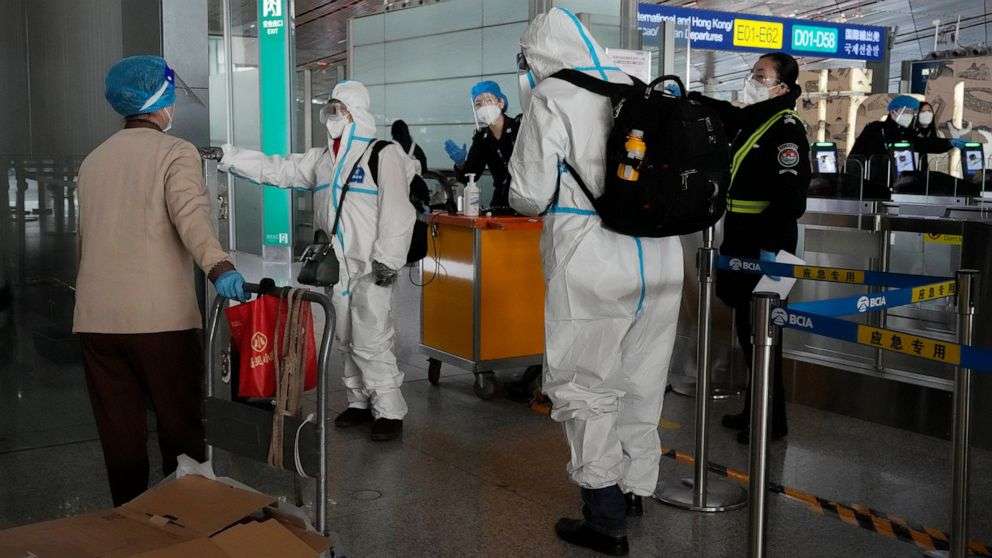China’s National Health Commission is reducing its daily COVID-19 reports starting Wednesday, December 14, 2022 in response to a sharp decline in PCR testing since the government eased antivirus measures.
A notice on the commission’s website revealed that it stopped publishing daily figures on numbers of COVID-19 cases where no symptoms are detected since it was “impossible to accurately grasp the actual number of asymptomatic infected persons.”
This has generally accounted for the vast majority of new infections. The only numbers they are reporting are confirmed cases detected in public testing facilities.
The situation poses a key challenge for China as it relaxes its strict “zero-COVID” policy. With mass-PCR testing no longer obligatory and people with mild symptoms allowed to recuperate at home rather than in hospitals, it has become more difficult to gauge the actual number of COVID cases.
The field hospitals became notorious for overcrowding and poor hygiene.
Beijing’s streets have grown unusually quiet, with queues forming outside fever clinics; the number of which has been increased from 94 to 303, and at pharmacies, where cold and flu medications have become difficult to find.
Even though authorities announced that they were sourcing millions of COVID-19 antigen rapid test kits for Beijing pharmacies, they remained difficult to obtain.
Despite a push to boost vaccinations among the elderly, two centers set up in Beijing to administer shots were empty on Tuesday except for medical personnel.
Regardless of fears of a major outbreak, there was little evidence of a surge in patient numbers.
Since Tuesday, December 13, 2022, the U.S. consulates in the northeastern Chinese city of Shenyang and the central city of Wuhan have been offering only emergency services “in response to increased number of COVID-19 cases,” the State Department disclosed.
Restaurants were mostly closed or empty in the capital in spite of relaxed COVID restrictions. Many businesses are having difficulty finding enough staff who have not gotten infected.
Sanlitun, one of China’s most popular shopping districts, was deserted despite having its anti-COVID-19 fences taken down in recent days.
Hospitals have also apparently been struggling to remain staffed, while packages were piling up at distribution points because of a shortage of China’s ubiquitous motorized tricycle delivery drivers.
Chinese Universities Permit Students To Return Home
A number of Chinese universities announced that they will allow students to finish the semester from home, in hopes of reducing the potential for a bigger COVID-19 outbreak during the January Lunar New Year travel rush.
It was not clear as to the number of schools which were participating in this move, but universities in Shanghai and nearby cities stated that students would be given the option of returning home early or staying on campus and undergoing testing every 48 hours.
The Lunar New Year, which falls on January 22, 2023 is traditionally China’s busiest travel season.
Universities have had frequent lockdowns in the past three years. Occasionally, these lockdowns have led to clashes between authorities and students confined to campus or even their dorm rooms.
READ ALSO: Two Laggards Knock Down Ghana Stock Exchange Composite Index























